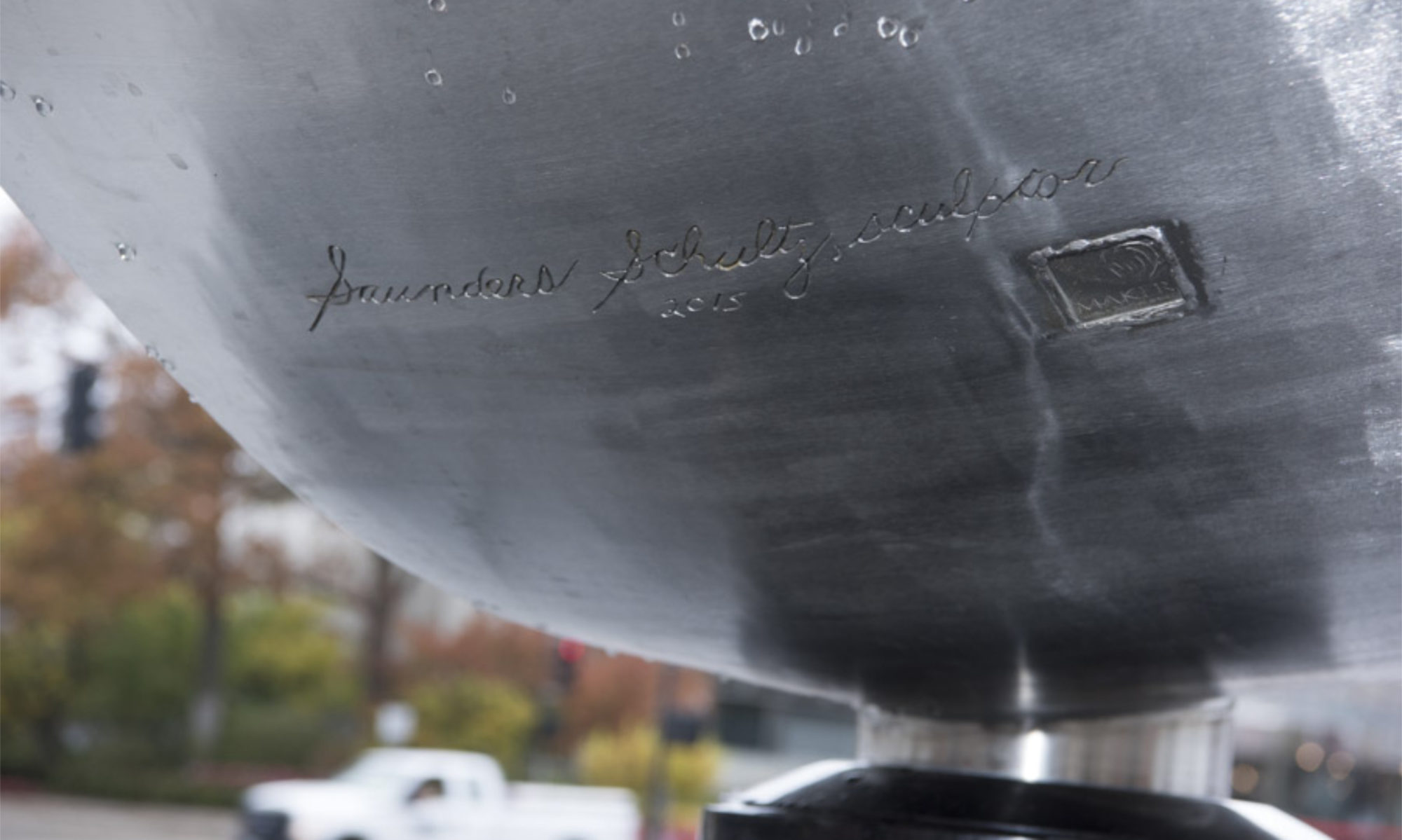Work Ethic – Saunders Schultz carried out his role as environmental sculptor and educator not only through his sculpture but also in classrooms and symposia. Wherever he taught, the communities (students, architects, landscape architects, interior designers, politicians and the general public) were energized and inspired by the creative discussions of his educational sessions.
Major themes that informed his art:
Art must fit its environment, whether in an architectural or in a natural setting. Art must be site-specific. Occasionally, art becomes the environment.
Art must be monumental. This concept can refer to dimension, but also to a powerful idea suggested by the art, regardless of the sculpture’s scale.
The great idea in art no matter how abstract, is realized in sensory terms. It is, of course, visual, but sometimes it also incorporates tactile and auditory stimuli. There must always be an overall aesthetic appeal.
Art must relate to the natural world and its unlimited manifestations. The term Mr. Schultz coined that suggests this relationship is “eco-aesthetics.”
There is a strong emphasis in his art on collaborative planning, bringing together the client and representatives of the community to help shape the complete design. Collaborative planning in the development of art also includes working with architects, landscape architects, scientists, engineers, and others involved in the development of the “built” environment. His approach was a synergism of skill, abilities, disciplines and insights.
